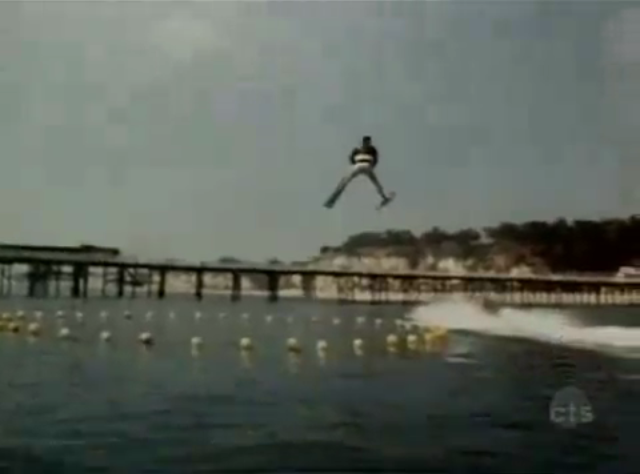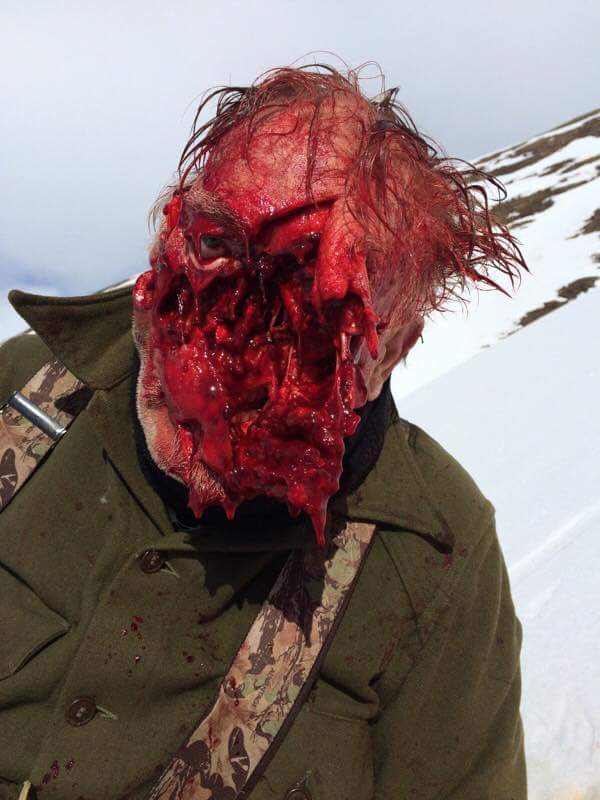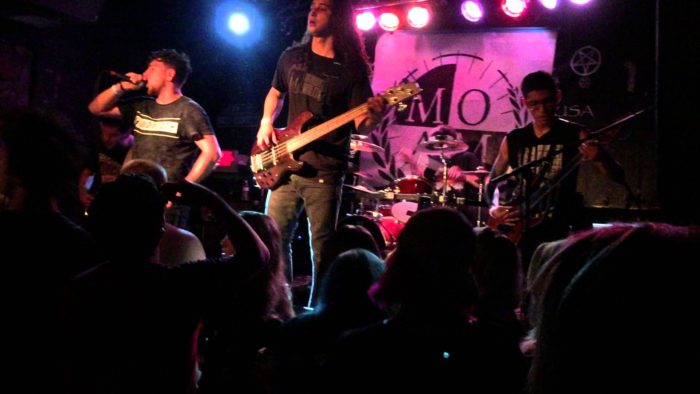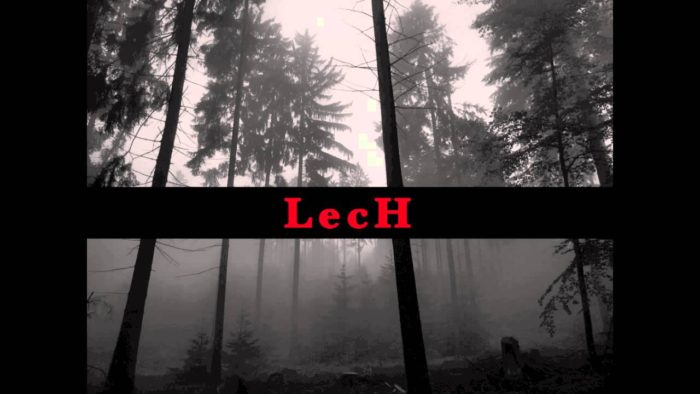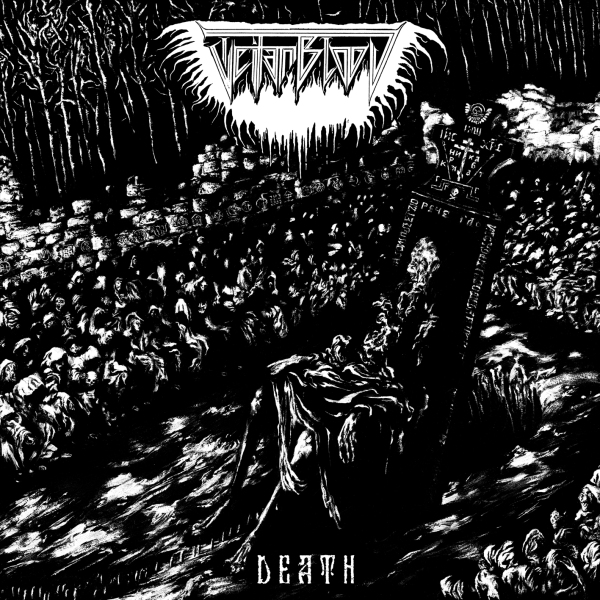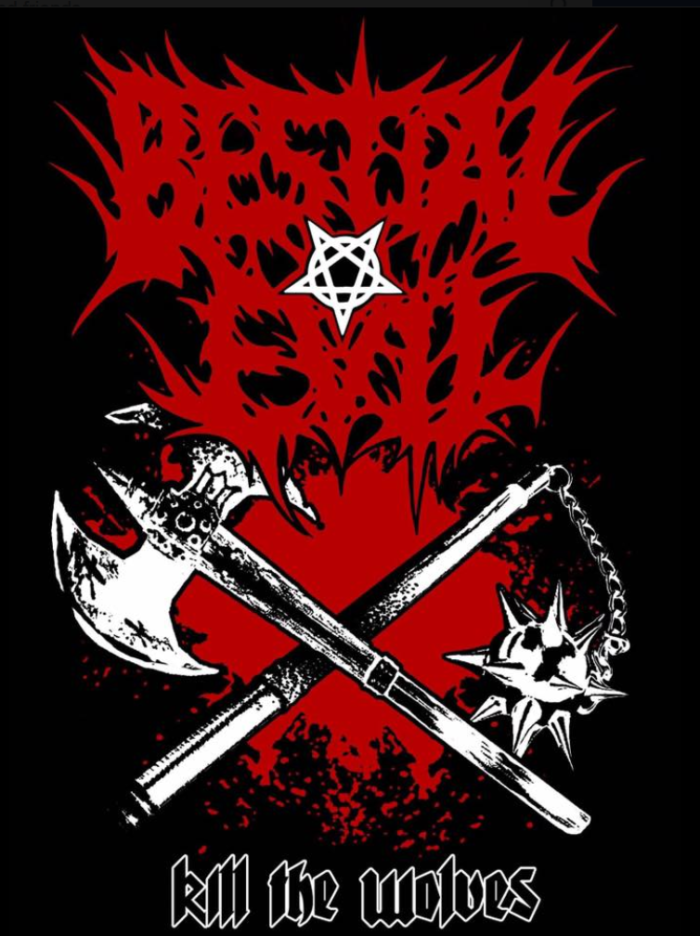
Well, this is awkward…
SJW crust/death band Bestial Evil (USA) has made a quasi-career by advancing “social justice” ideas at the expense of the death metal genre. But now it comes out that their guitarist quit because their drummer was involved with a right-wing group, at least until he gave it up to rejoin the band which just released their mediocre debut Infectious Cross.
The band has attracted the ire of fellow SJW/ANTIFA groups who object to the presence of the drummer in an organization which is not Leftist and may have ties to the far right:
Phillips, however has been deeply associated with not just the Wolves but with other area neo-fascist groups. Earlier this year, another band he plays with, an Irish folk band called ShamRouges performed at the annual St. Patrick’s Day event sponsored by Baltimore-based Label 56, a White Power distribution outlet run by members of the Maryland “Skinheads”. Phillips also plays with another metal band called Vørgum, who last year released a live album of them performing at the Wolves of Vinland compound. He reportedly still performs with the band today under the name “Ulfhamr”.
Phillips told One People’s Project that had been involved with the Wolves for three years, getting into them through mutual interests in music, physical regiment and people being different and living on the outside rejecting technology and other things that would be seen as distractions. He said there were a number of people involved that had far right leanings but they never brought those ideals into any group meetings. Overall, he says the group focused moreso on other things that politics. “Those guys, they had an impact on me,” he said. “It was what it was but there’s other people in my life like my band that I have to stick up for and protect and I can’t be associated with stuff like that anymore.”
With the loss of token minority member Kevin Rucker, Bestial Evil stands revealed as four white guys who want to play pseudo-deathmetal with an SJW message and attract an audience on that basis and not for musical reasons alone, but with their SJW cred in doubt, Bestial Evil faces an uphill battle since their music is unexceptional and also not that interesting.
16 CommentsTags: bestial evil, crustcore, evan phillips, kevin rucker, shawn wright, sjws
